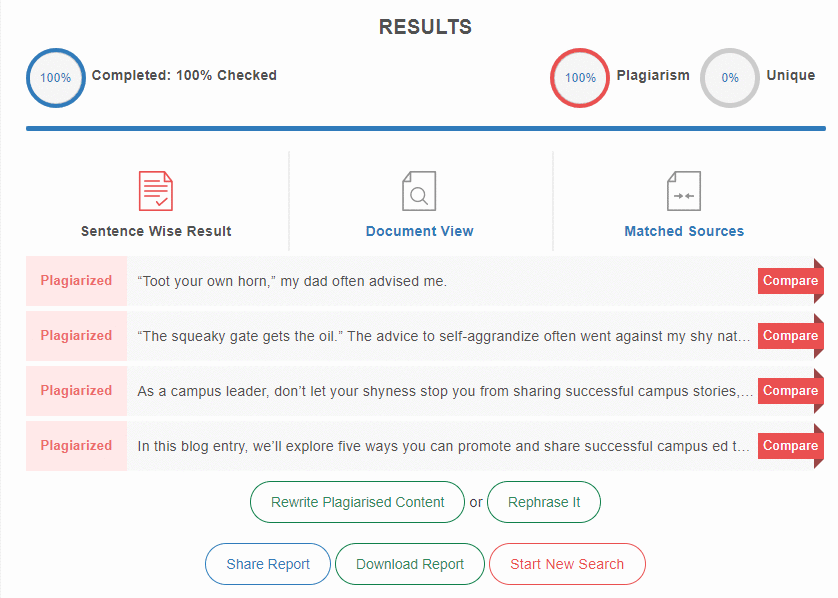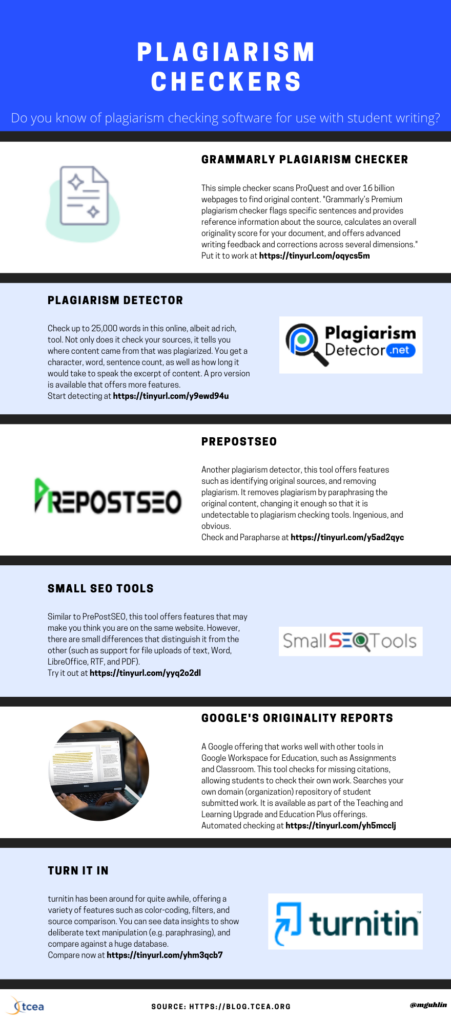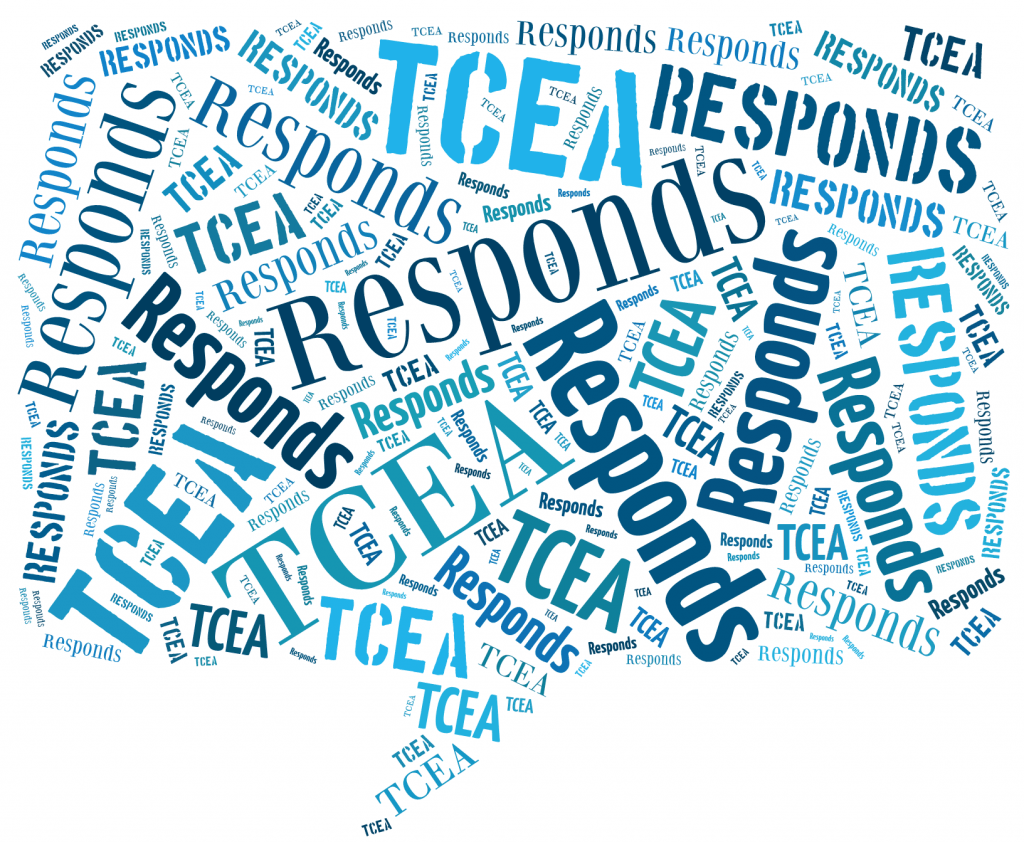Dear TCEA Responds:
I am a high school teacher. Do you know of a good plagiarism software for checking high school students’ writing? Thank you.
Minerva
Dear Minerva:
Thanks so much for taking the time to write and ask this important question. Before I offer a few solutions for your consideration, allow me to share some thoughts.
Plagiarism
When students find it easy to steal other’s work and use it as their own for an assignment, it may indicate that the assignment is too easy. That is, teachers have assigned the work so often that many other students have previously completed it. With my background as an Abydos-trained educator, I have a few suggestions that you may find helpful.
Some tips for creating assignments that result in unique and original work from students:
- Track student pre-writing assignments, such as concept maps, note-taking, and outlines. This enables you to see students’ growth over time.
- Rely on real-life situations and life experiences to inform writing assignments.
- Ask students to apply a critical thinking framework when writing. This could include the RED Model. It might also involve students analyzing a text via a classroom discussion model. My favorites include the Talk-Read, Talk-Write, or TQE (Thoughts, Questions, or Epiphanies) models.
Of course, it’s not always possible to deviate from tried-and-true assignments, and sometimes, curriculum requirements may not allow for it. You will have to decide whether you have the flexibility and time to do so.
How Plagiarism Checking Tools Work
These tools involve you coping and pasting content into a website. After a few moments, the plagiarism checker will provide you with results. They all work much the same, although Turn It In has more features for a paid service. Some have word or character limits. Grammarly’s Plagiarism Checker has a limit of 25,000 characters, for example.
For fun, I ran a quote from something I’d written before. An excerpt of the writing appears below:
“Toot your own horn,” my dad often advised me. “The squeaky gate gets the oil.” The advice to self-aggrandize often went against my shy nature. As a campus leader, don’t let your shyness stop you from sharing successful campus stories, especially those that include the use of academic technology. In this blog entry, we’ll explore five ways you can promote and share successful campus ed tech success.
The results are about the same for each of the services I list below.

Plagiarism Checkers
There are a variety of tools you can use to check for stolen writing. These involve complex algorithms to search the web or a database of written pieces. It may also involve a company working to maintain a database of student writing.

Here is a short list of services:
- Grammarly’s Plagiarism Checker: Grammarly’s free plan includes a basic review of grammar, spelling, and punctuation. But in order to check for plagiarism, you are required to purchase a premium account. Here is some information on different plans offered by Grammarly.
- Google’s Originality Reports: You can upload up to five originality reports per class for free, but teachers with Teaching and Learning Upgrade or Education Plus licenses have unlimited reports.
- Plagiarism Checker: You can check up to 1,000 words for free if you are not registered with PrePostSEO and up to 1,500 words if you are registered for a free account. You can choose between four premium plans which offer between 5,000 words and unlimited words.
- Plagiarism Detector: With this service, you can check up to 1,000 words for free and 540,000+ words with one of their “pro” accounts. They also offer customizable accounts.
- SmallSEOTools: Check up to 1,000 words for free and 510,000+ with a “pro” account. Like Plagiarism Detector, you can customize your account with more or fewer features and words.
- TurnItIn service: You can contact the sales team at TurnItIn for information about their pricing and product options. As of right now, TurnItIn does not offer a free service.
These services offer some great features. For example, my quoted text appeared in two online articles. Several checkers discovered the source for those. Isn’t that amazing?

